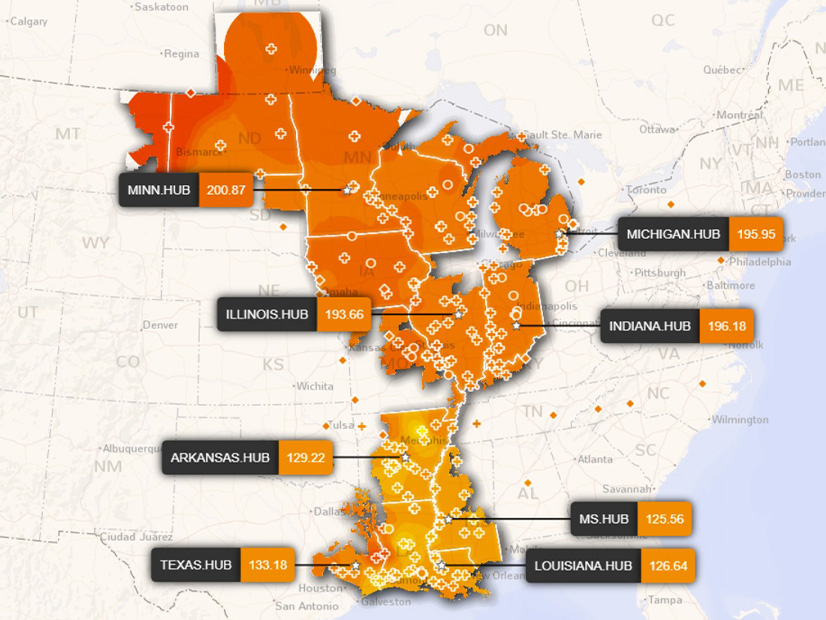The American Clean Power Association (ACP) asked FERC last week to hold a technical conference on capacity accreditation, arguing that the commission’s rules need to keep pace with technology and the evolving grid.
The petition filed Aug. 22 is not ACP’s first attempt to get FERC to address the issue, with the commission in February rejecting a complaint the organization filed against ISO-NE alleging its capacity accreditation rules failed to account for natural gas’ performance issues in the winter. (See FERC Denies RENEW Northeast Complaint.)
“Grid operators and FERC have been addressing these issues primarily on a regional basis, but the clean energy industry believes it’s time for FERC to look at many of these issues more broadly,” ACP Vice President of Markets and Transmission Carrie Zalewski said in a statement. “Today’s petition provides an opportunity for FERC to hold open discussions that can identify the best possible capacity accreditation methods so that the reliability contributions of all resources — including renewables and storage — can be accurately accounted for.”
A central pillar of system planning and electricity market design, capacity accreditation is one of the most critical areas FERC needs to address on a holistic basis, ACP argued. Some regional differences are to be expected, but ACP said the methods should share common goals and general approaches.
Capacity accreditation methods vary widely, and they are often applied inconsistently within and across resource types, making it more difficult to accurately assess national and regional resource adequacy and to make efficient investment decisions, the organization said. With different regions taking on the issue on their own, and FERC’s ex parte rules, the commission has not been able to take a broader look at the issue, which could help its decisions.
“That constraint will continue to bind policy development going forward, because many regions are actively considering changes to their resource accreditation processes as the resource mix continues to evolve,” ACP said.
A technical conference on capacity accreditation would develop a record to foster informed decision-making on the various initiatives likely to arise over the next several years, it said. And a universal framework would not stop the regions from moving ahead on their own.
The industry has different ways of accrediting capacity, including effective load-carrying capability (ELCC), marginal reliability improvement (MRI) and measuring a resource’s output during certain peak load intervals.
All of the capacity accreditation techniques include four fundamental design characteristics.
The technique can use a deterministic metric (reflective of only one set of conditions) or probabilistic (a value based on analytical simulations across hundreds or thousands of potential conditions).
Grid operators can also use a prospective/forward-looking assessment, a retrospective assessment based on past performance or a combination that uses a prospective method at first, then adjusts retrospectively based on performance.
The third design characteristic is whether to use an average contribution, in which all resources of the same technology count the same, or a marginal contribution, in which individual resources are measured in comparison to others using the same technology.
The fourth design element is whether fuel assurance is required for individual units or handled probabilistically by unit, unit type or systemwide.
“Because capacity accreditation is increasingly being acknowledged as a critical aspect of our energy system, significant attention is now being focused on this topic in various ISO/RTO stakeholder working groups,” the petition said. “However, at present, there is no focused, coordinated discussion occurring at the federal level, either at the commission or at the North American Electric Reliability Corp.”
The industry would benefit greatly from a universal discussion around the issue, with a technical conference educating stakeholders, allowing for open discussion with FERC staff and hopefully helping to foster consensus and consistency among regions, ACP said.
